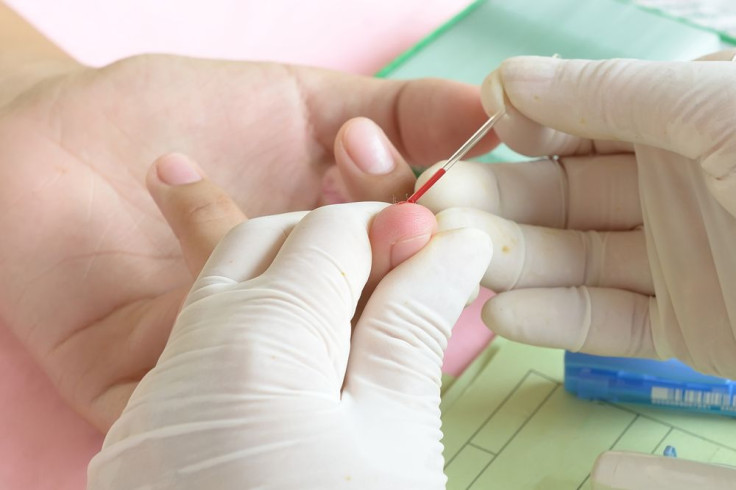HIV Testing Rates Climb With Real World Social Networking More Than Other Referral Methods

Around 20 percent of people who are HIV-positive are undiagnosed, therefore they do not receive vital treatment options and unknowingly spread the disease. Healthcare professionals recommend constant HIV testing to prevent these circumstances. A recent study presented at IDWeek 2014 has found that social networking in the real world is significantly more effective in getting high risk individuals to get tested for HIV as opposed to indirect referral programs.
"A limitation of the traditional approach is that many people who are at high risk of HIV never take the initiative to get tested on their own," Dr. Ryan Westergaard, lead author of the study and assistant professor of medicine at the University of Wisconsin School of Medicine and Public Health, said in a statement. "Our study found that using social network strategies, in which we enlist people at high risk to encourage peers in their social networks to get tested, results in a higher proportion of positive HIV tests – making our efforts more effective and allowing us to reach the people who need it most."
Westergaard and his colleagues gathered data over the course of four years from 45 HIV testing sites in Wisconsin. Researchers matched up results from Social Networking Strategies (SNS), which enlist people in high-risk groups to recruit their friends to get tested for HIV, and tradition counseling, testing, and referral (CTR) programs, which are made available to anyone looking to get tested, but do not include peer-to-peer encouragement.
Findings revealed that 2.49 percent of people tested through SNS were HIV-positive compared to .91 percent of people tested through CTR programs. SNS programs produced two and a half times more positive results than CTR programs proving its efficiency in targeting at risk individuals. People at high risk for HIV involved with SNS receive a $10 to $20 referral incentive for every person they encourage to get tested. Due to this higher percentage of positive tests, the research team is confident these incentives are worth the cost of the program.
"Some SNS programs limit the numbers of people a recruiter can refer for testing, based on the assumption that that they're just signing up everyone they know to make more money, even if they're unlikely to be HIV-positive," Dr. Westergaard added. "Our study showed that, on average, the 30th or 40th person referred for testing through SNS had just as high if not a higher probability of having a positive HIV test than the first five or 10 people referred. This suggests SNS can be a cost-effective tool to increase testing in specific high risk pools, such as men who have sex with men and transgender people."
According to the Centers for Disease Control and Prevention, about 50,000 people in the United States are newly infected with HIV each year. The CDC recommends that healthcare providers test people between the age of 13 and 64 at least once during their routine checkup. Although this study focused on people at high risk for HIV, the CDC highlights that some people who test positive for HIV were not aware of their risk. Even people in a long-term relationship should get tested with their partner at least one time.
Source: Westergaard R, et al. Real-life social networking prompts people to get tested for HIV. IDWeek. 2014.
Published by Medicaldaily.com



























